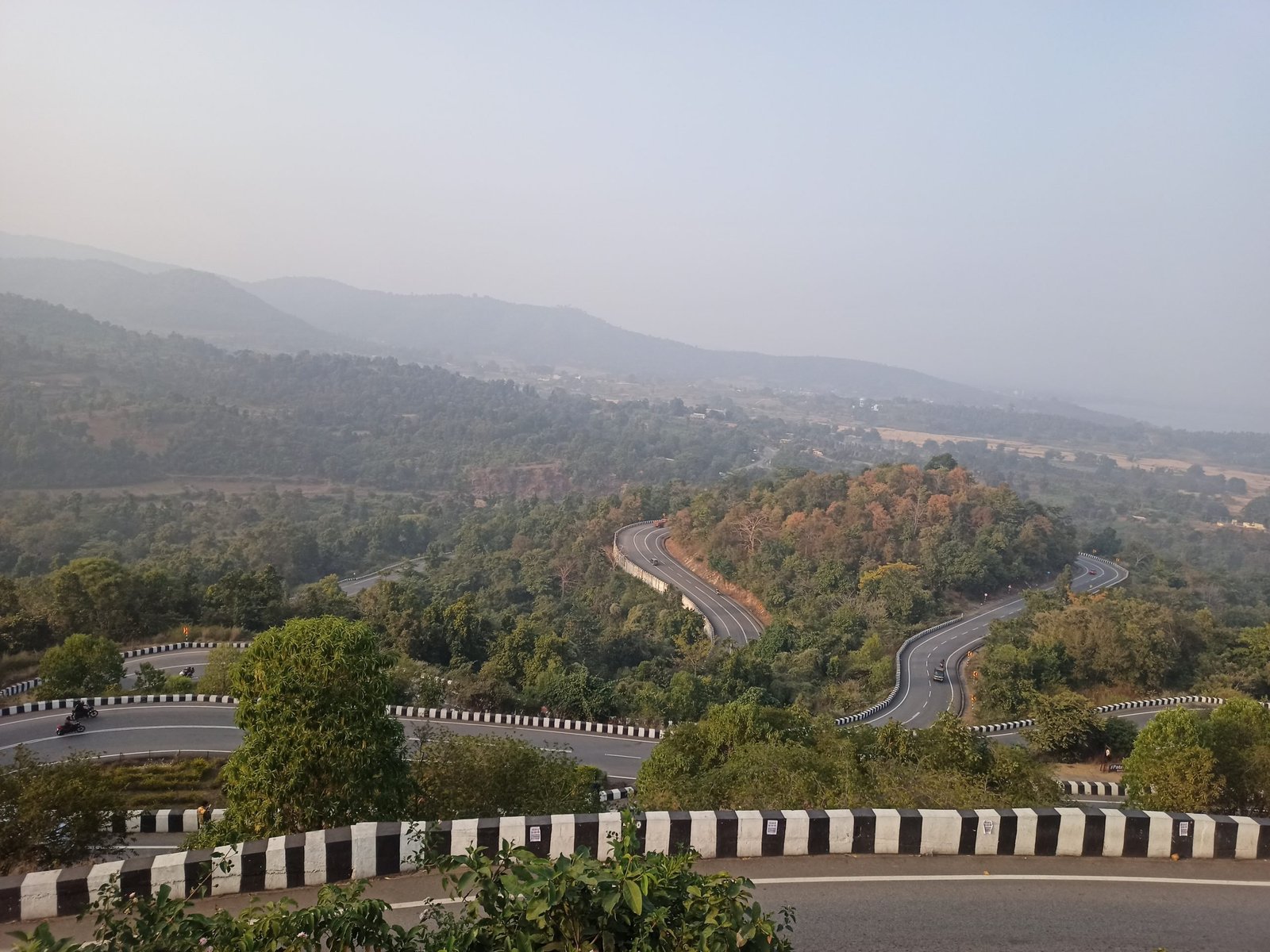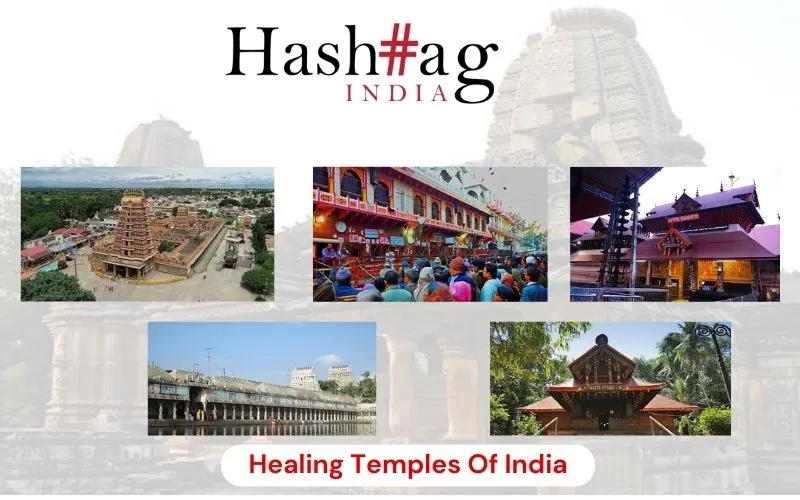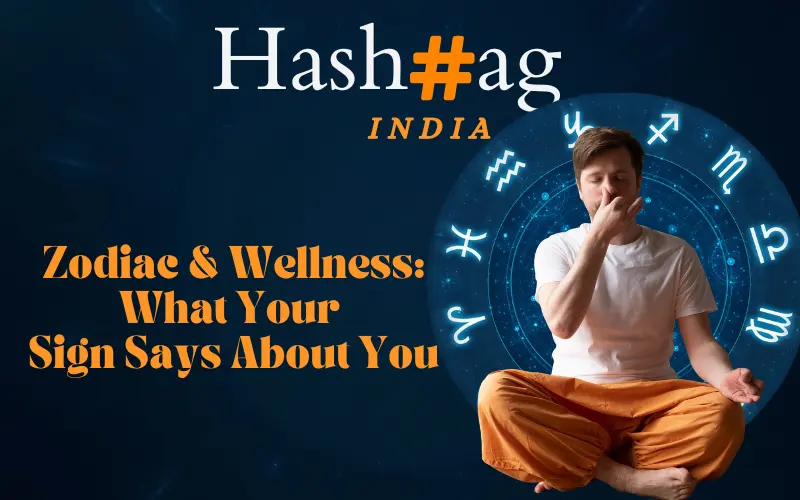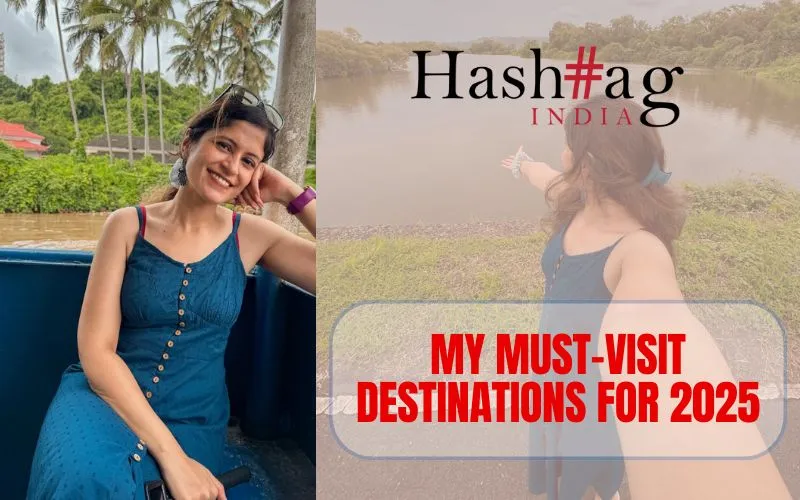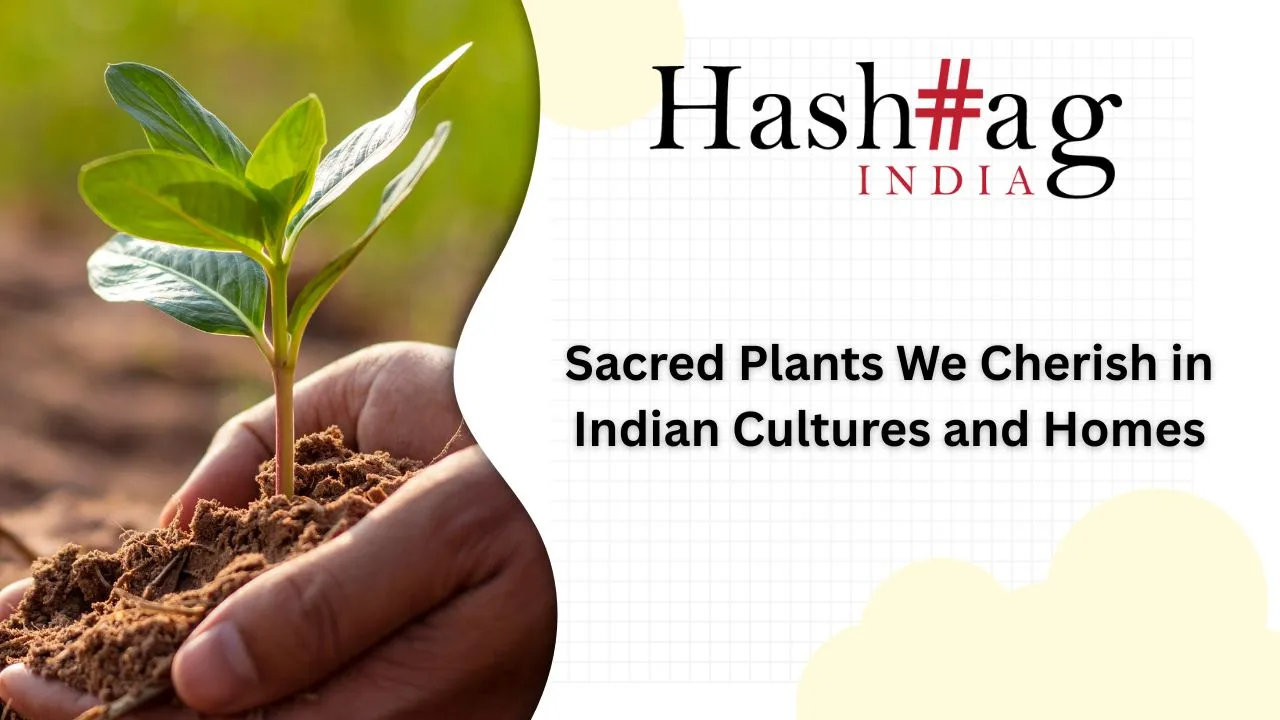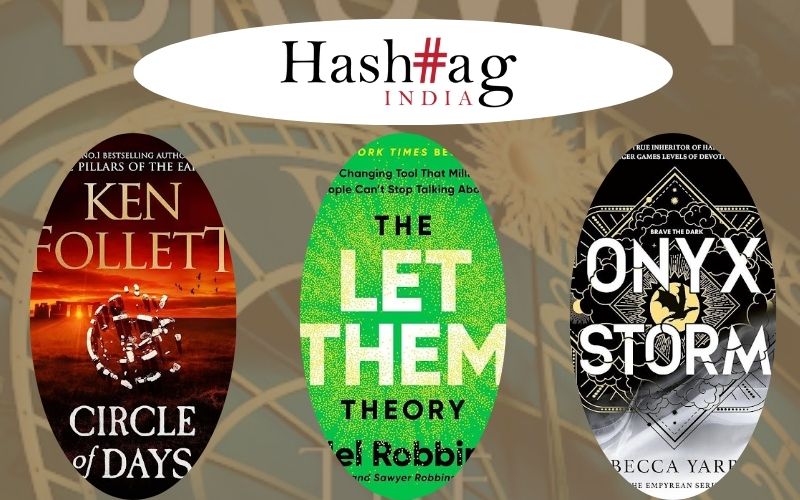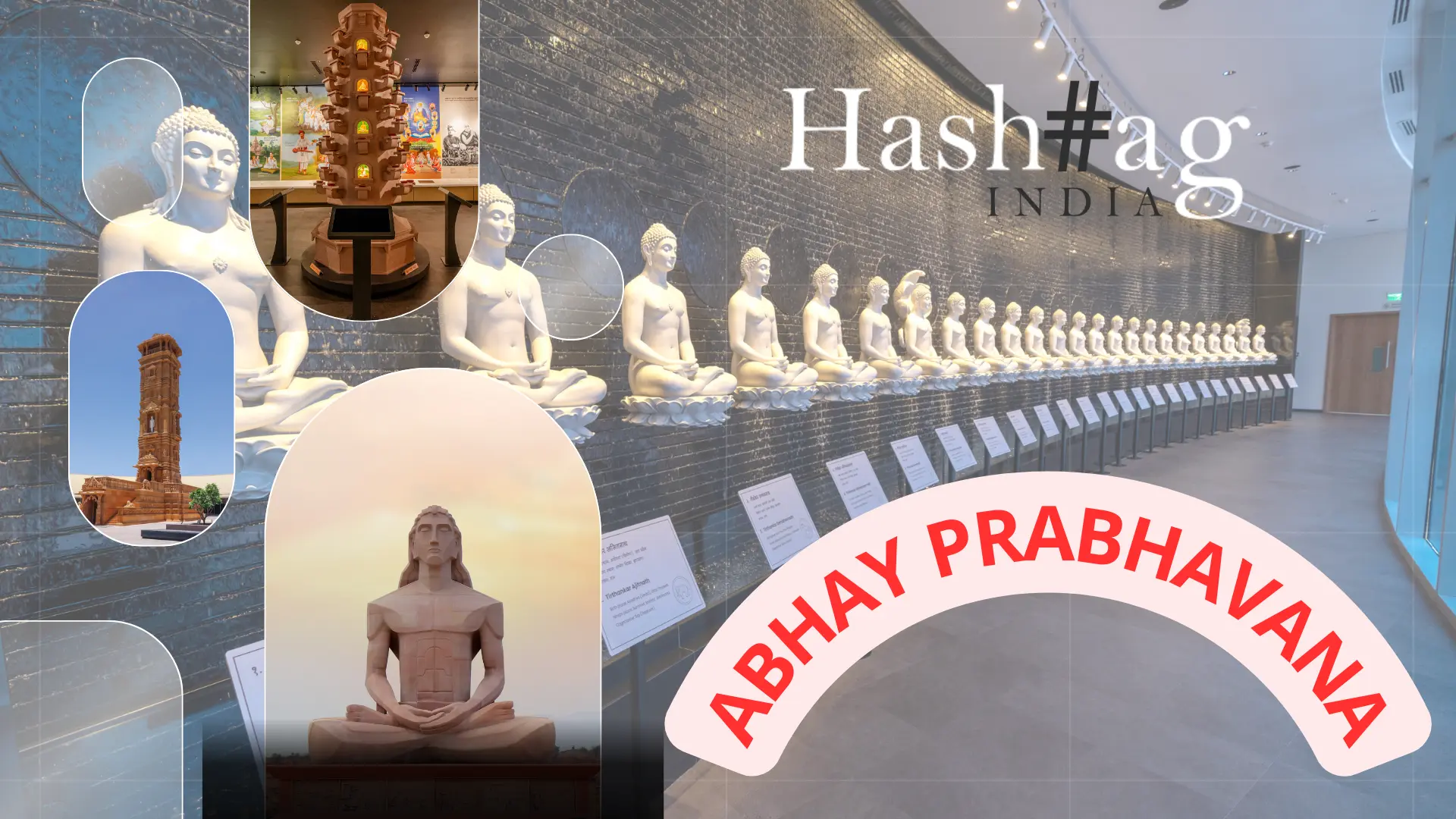The scenic beauty of Ranchi will never disappoint. With lush green forests, clean blue water bodies, and various religious shrines, there are many little pockets of tourist interest. It is a great destination for a vacation with family and friends. Kimaya Sahasrabuddhe gives you details on the top must-visit places in Ranchi. Plan your tour of the city with your family and friends.
The best time to visit Ranchi is post rains, i.e. from September to April, when all the water bodies are full, leaving the surroundings cool and the forests fresh. Ranchi was the centre of activity during its separation from Bihar, and its significance can never be overlooked as it is the native place of the great cricket icon, Mahendra Singh Dhoni.
If you follow our guide, your tour will be close to nature and full of great falls, dams, lakes and greenery. The trip would be short and sweet, for 6 days and 5 nights. The fresh forests will refresh your mood and give you a good break from the daily routine of everyday life.
Top places to visit in Ranchi
1.Patratu Valley and Lake
The Patratu valley is a scenic beauty 40 kms away from the main city. The road is amazing with many twists and turns (ghat road). The road passes through the lush green jungle. Look down the road from a certain point and you will see that the road presents the shape of a garland. It is one of the most sought-after spots to click pictures. Many stop to bite into goodies and then move towards the Patratu lake.
The Patratu lake is made of the stagnant water from the Patratu dam. The main attraction here is boating. If you visit the place between December and February, you get to see the Siberian cranes that migrate annually to the lake in winter. As the temperature rises in Russia, they go back to their usual habitats. Visitors are allowed to feed them while enjoying their boat ride.
2.Dhurwa Dam
This is a very peaceful spot to visit with friends and family to chill. It is about 15 kms from the main city. You can come here to enjoy the setting sun and the cool breeze. Having a cup of tea or coffee would only add to the moment.
3.Palani Falls
These falls have been recently discovered by some locals and are therefore less crowded. Not many know of them yet but they are gaining popularity just by word of mouth. The falls are on the way to Patratu.
4.Jagannath Temple
This Jagannath temple dates back to the year 1691 and is one of the most historical landmarks of Ranchi. It is a replica of the Jagannath temple in Puri, Odisha. The temple walls are decorated with intricate filigree work, like the ones found in Jain temples. The Rath Yatra is one such festival that is celebrated here just like it is in Puri.
5.Hundru Falls
The river Subarnarekha, while flowing through Ranchi, forms a lot of waterfalls. One of them is the Hundru Falls, one of the best and the biggest falls in Ranchi. The height of the falls is 322 ft. Reaching the falls involves a little adventure combined with lots of fun. Once you reach the spot it is great to just sit on the rocks and enjoy the surroundings in the backdrop of the cascading waters.
6.Ranchi Lake
Also called the Bada Talab, the lake is situated in the middle of the city. It is an artificial lake dug by the British in 1842. It was made for ground water recharge and water supply to the city. The lake also has a boating facility. The main attraction of the place since 2019 has been the statue of Swami Vivekananda. It was unveiled by the then Chief Minister Raghubar Das on the occasion of the 156th birth anniversary of Swami Vivekananda, celebrated as the National Youth Day. The lake was also renamed as ‘Vivekananda Sarovar.’
Ranchi allures visitors with its many attractions, and one leaves the place with a lot of peace of mind restored. It provides pleasant memories to ruminate even after a long time of returning to one’s groove.

